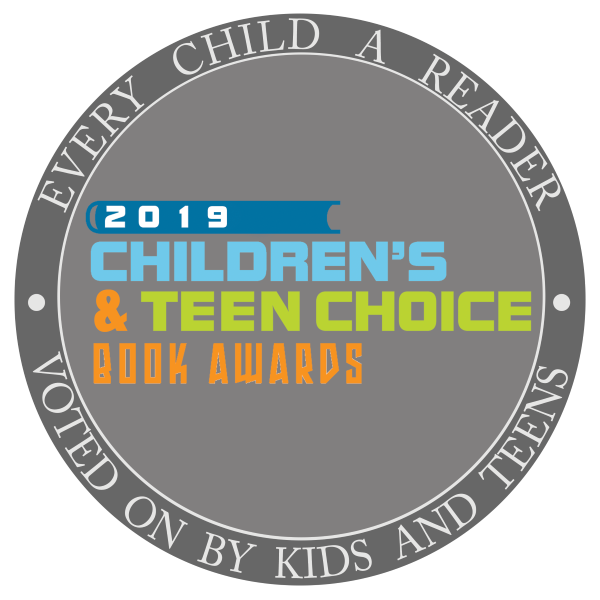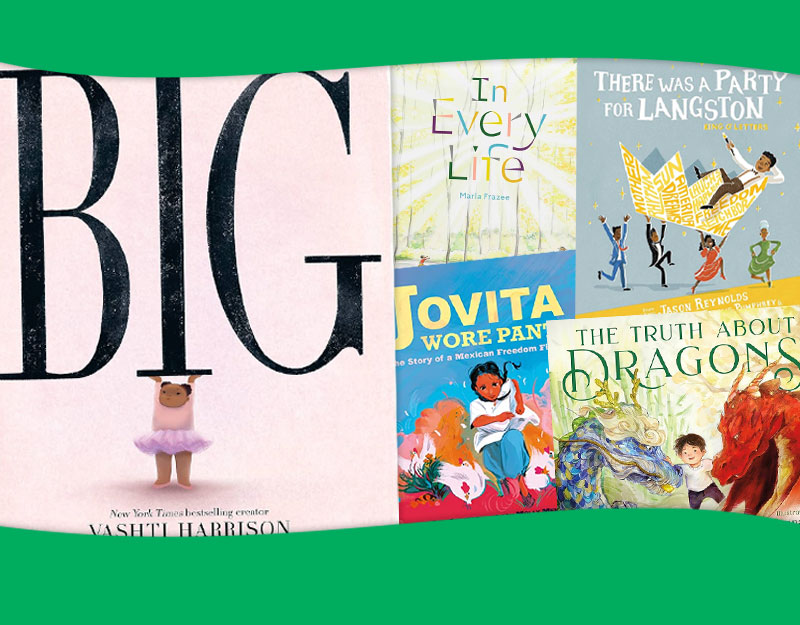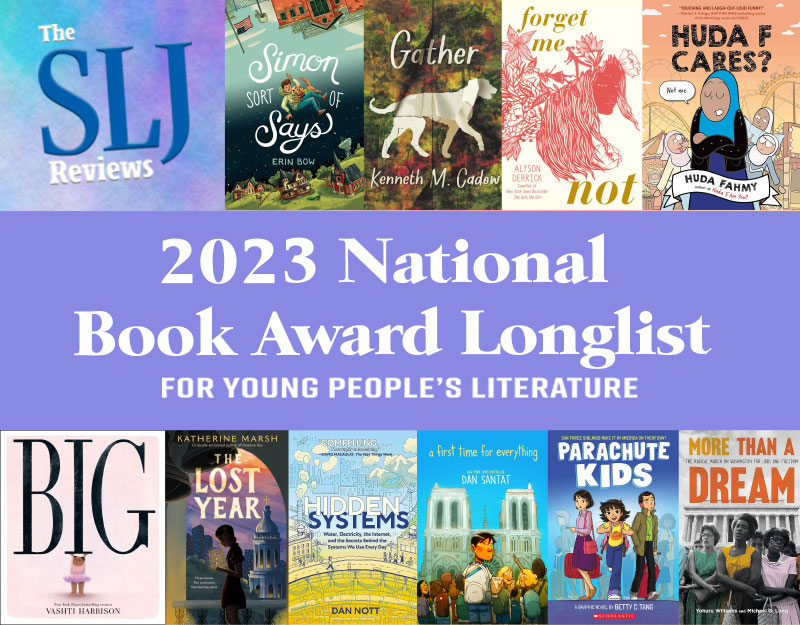Getting ready, whether real or mock
We are nearly done with our “redux” posts of our shortlisted titles, and as you each finish your reading, I encourage you to go back to those posts and add your thoughts.
The ALA youth media awards this year are happening a little later than usual, and that gives us the whole month of January to consider our own mock discussions, and to revisit some of your top seven that did not make our shortlist, as well as some other outliers. Meanwhile, the actual committee has finalized its own discussion list, as each member has submitted seven nominated titles with short signed justification statements explaining why they feel each title meets the Newbery Criteria. They have until their couple days of meeting at the ALA Midwinter conference in Chicago to reread and consider each of these titles, keeping an open mind to be persuaded, and if they are not, to articulate their arguments against a title. All arguments, when presented in the discussion, are most effective when presented by evidence, page by page, although there is often limited time to discuss each title. Each committee member ultimately only votes for 3 titles, a 1st, 2nd, and 3rd place vote, and any title that does not get a vote comes “off the table” both for the award and for any honor. If you are curious about how the voting, consensus decision making, and selection of honor books works, I encourage you to read the “Midwinter Selection Meeting” procedures in the Newbery Manual, starting on page 34.
ADVERTISEMENT
ADVERTISEMENT
Want to try it? Join our mock discussion in Oakland CA on the afternoon of Sunday January 11th by emailing me, or in San Diego CA on the evening of Thursday January 15th by emailing Jonathan. Look for other mock discussions happening in the links on our sidebar. Or, organize your own! The ALA sells a Newbery and Caldecott Mock Elections Toolkit digital download that can be helpful.
I like to consider each title on its own merits, against the criteria, to consider how distinguished I think it is, putting my biases and reading tastes aside, before starting to compare it to other titles. But that is ultimately what has to be done. And how do you measure books that are ambitious in scope, such as REVOLUTION, against ones that may be trying something more particular, like JOEY PIGZA? How to compare verse-novel to verse-novel without forgetting to compare them to everything else on the list? Committee members spend the whole year trying to wrap their heads around a few guiding concepts that are often hard for us, since the award selection requires looking at books in a slightly different way than we usually do:
We consider only eligible books within this year. Although the committee is selecting a winner and honors that will add to a “canon,” they are not considering how this year’s books compare to any previous year’s books. Whether something has been “done before” or not, the only thing that matters is what, this year, best exemplifies distinguished literature for children.
We are looking for the most distinguished book, but that doesn’t necessarily mean the most flawless. No book is flawless, of course. The committee has to consider a book’s strengths and weakness together, and whether, as a package, the book is still “more distinguished” than others.
We are not considering popularity, or the content of the message. Whether a book appeals to more or fewer readers is not a consideration. Whether it appeals to any part of the 0-14 spectrum more than others is not a consideration. Whether the message in the book is, we feel, more important than the message in another book is not a consideration. This last one is particularly hard I think this year with our shortlist, where we have several titles with “important” message that we as adults may feel very connected to. I’m talking most specifically here about REVOLUTION / PORT CHICAGO 50 / BROWN GIRL DREAMING / MADMAN OF THE PINEY WOODS which all touch on civil rights and racism, but really, it could go for any of our titles that speak to something you care about deeply, or have a personal experience with. How well the author develops her message, and how well, therefore, that message speaks to its intended child audience, is the crucial question for the committee, and is exactly what this year’s committee is working on right now, getting ready for their deliberations.
Any past committee members out there want to share, without divulging confidentiality of course, what this time of the year was like for them? I recall being thoroughly involved, 24/7, in nothing but the books on our shortlist….reading them for the 2nd, 3rd, even 4th time, and swimming in post-its, trying to organize page-specific examples that spoke to points I intended to make for or against each title. I found the re-reading crucial, as it generally takes me at least 2 to 3 reads to understand how I am reading the book personally, versus how a child reader might be approaching it. I also find that some books reveal more the more times you read them… that is, you can start to see what the author is purposefully doing to create the effect she is achieving. That you *can’t* see this on first read is often a sign of distinguished writing. Not always the only sign, but a book that changes each time you read it is fairly remarkable.
Filed under: Uncategorized
About Nina Lindsay
Nina Lindsay is the Children's Services Coordinator at the Oakland Public Library, CA. She chaired the 2008 Newbery Committee, and served on the 2004 and 1998 committees. You can reach her at ninalindsay@gmail.com
ADVERTISEMENT
ADVERTISEMENT
SLJ Blog Network
One Star Review, Guess Who? (#202)
This Q&A is Going Exactly As Planned: A Talk with Tao Nyeu About Her Latest Book
Exclusive: Giant Magical Otters Invade New Hex Vet Graphic Novel | News
Parsing Religion in Public Schools
Take Five: LGBTQIA+ Middle Grade Novels
ADVERTISEMENT








From my couple of turns on the committee, I remember this being the time when things got so much easier, but also much harder. Easier because once the nominations are in, you have hundreds of books that you now don’t have to think of any more….that’s a huge relief. Harder, because you now have to look at the few dozen books left with much more intensity and thoroughness than was possible up to that point. So you switch from volume reading (with as much analysis as you can manage at the time) to analysis reading (with still a fair amount of volume, but manageable). As Nina points out, the re-reading is really where we learn what we need to know. In each of my years I read at least one of the medal/honor books at the very beginning of the year, but it wasn’t until I did the re-readings at the end of the year that I really started to understand just how excellent they were, and why. One of the hardest things during re-reads, I think, is being rigorous about both the strengths and weaknesses of each book. It’s tempting to overlook the tiny flaws in the books that you are ready to champion, and skip over the strengths of titles that you’re pretty sure shouldn’t be medalists. Acknowledging those and following up on them gets you better prepared for the discussion, since those small weaknesses that you see may be huge drawbacks in other’s eyes, and you want to be ready. And sometimes when you look hard, that small flaw can turn out to be more impactful than you thought at first and maybe even cause you change your mind about a book before the discussion.
The re-reading with your eye to what works and what doesn’t and BEING SPECIFIC is the most challenging part of the task. In no other venue have I felt that I was demanding that I leave my own perceptions and biases behind. And yet, how could I? How does anyone? In many mock discussions before and since I served on a committee, I found that I learned an enormous amount about myself. What were my blind spots? How did I spot others, and how to open their eyes to their blind spots? I walk away from the process with new knowledge of myself as a reader.
I was lucky to have a boss who gave me two full weeks off in December (Midwinter my year started I think on January 6 or so, so time was of the essence) so I could re-read until my eyes basically were falling out of my head. I had a REALLY hard time doing what Steven mentioned, which is admitting that my favorites had weaknesses. Because they all truly do have weaknesses. So that made the discussion of some of my favorites tough, because I don’t think sticking my head in the sand did me much good. But experiencing the process of the discussion with the committee and seeing how it really does work, that was pretty amazing.
But yes, on December 30 of my year, I think it is safe to say I was freaking out!
I’ve only been following closely over Christmas break, but I’m wondering what has happened to Jen and her spreadsheet of starred reviews.
Oh Susan, thank you for asking! We’ve been remiss in not reminding people to check out Jen’s spreadsheet of starred titles, still going–eternally?–in the same spot: https://docs.google.com/spreadsheet/ccc?key=0AvQVgmLQdcoJdDBNaE1ONW5majRnaVp5UnN3aWVTOHc&usp=drive_web#gid=10
For those of you who aren’t familiar with Jen J and her spreadsheets, you can meet here here: https://blogs.slj.com/heavymedal/2013/12/20/meet-jen-j-of-the-spreadsheets/
Anybody seen the Bulletin Blue Ribbons yet?
Bulletin Blue Ribbons: http://bccb.lis.illinois.edu/BlueRibbons/blue14.html
Thanks, Eric! I still can’t get this page to load on my iPhone, iPad, or home PC with a direct visit to the page, but I can follow the link.
Thank you very much Nina, Sam, Carol and Steven. I plan share your comments about what it is really like to be on the Newbery Committee with my students in my mock Newbery club. I hope they will appreciate how much painstaking thought goes into the process at arriving at the most distinguished book(s) of the year. Thank you for sharing about your experiences.
Perhaps this would be the proper place to post the results of our Mock Newbery?
On January 8, we (children’s service professionals from the Public Library of Cincinnati and Hamilton County, the Lane Libraries, and several other folks from the Cincinnati/Dayton/Northern Kentucky region) met and discussed seven titles: Kwame Alexander’s THE CROSSOVER; Jennifer L. Holm’s THE FOURTEENTH GOLDFISH; Natalie Lloyd’s A SNICKER OF MAGIC; Kate Milford’s GREENGLASS HOUSE; Margi Preus’s WEST OF THE MOON; Sheila Turnage’s THE GHOST OF TUPELO LANDING; and Jacqueline Woodson’s BROWN GIRL DREAMING. After a relatively close vote, we chose:
WINNER: Brown Girl Dreaming
and 3 HONORS: The Crossover, A Snicker of Magic, and Greenglass House